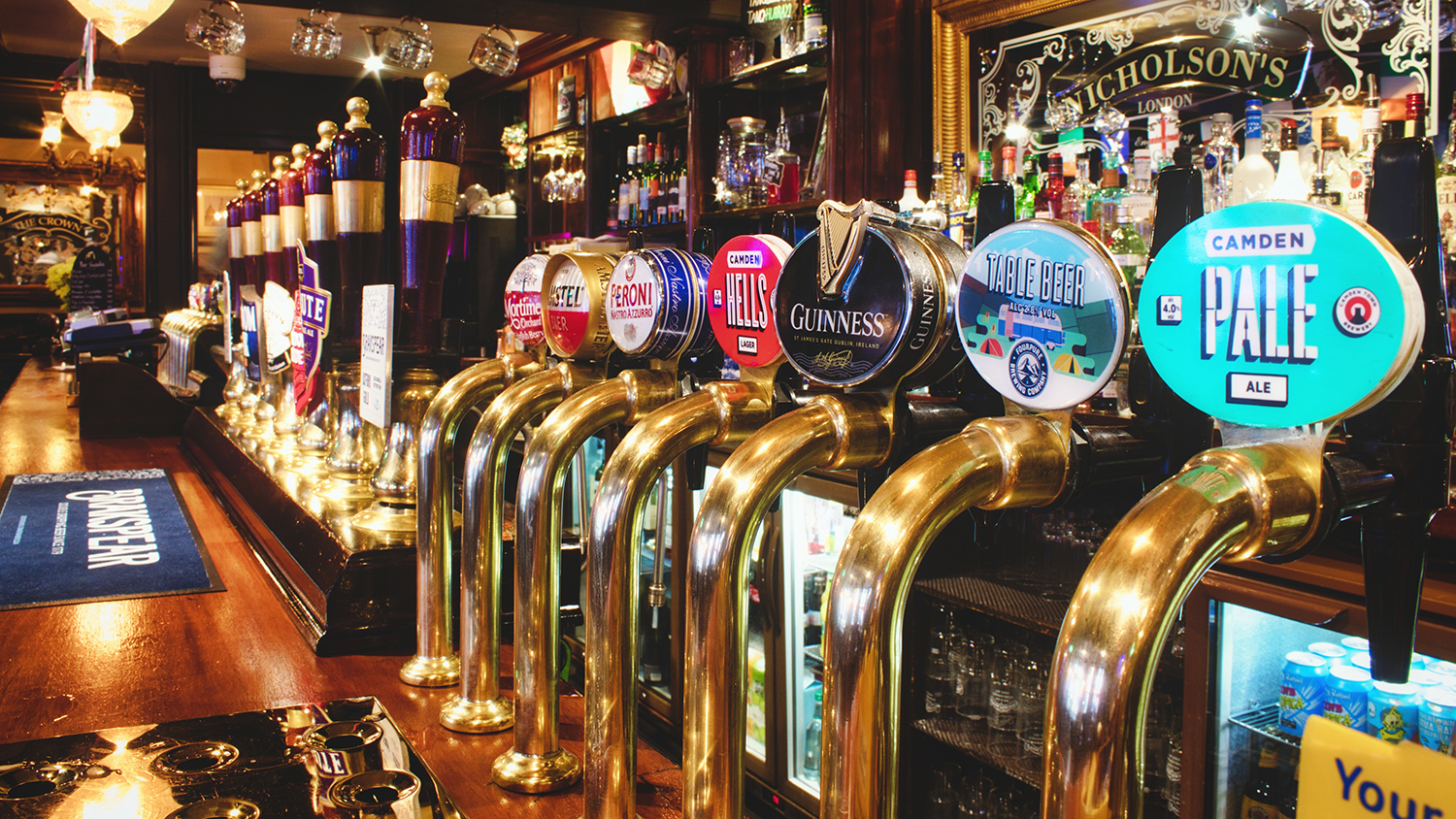This post originally published on NextRestaurants.
By Ryan Golden
According to the National Restaurant Association’s What’s Hot in 2014 survey (PDF), locally sourced meats and seafood, locally grown produce, and environmental sustainability are the top three trends for restaurant menus in 2014. We increasingly live in a farm-to-table world. In this post I’m going to share with you how you can take that same farm-to-table thinking and apply it to your marketing.
Is your marketing locally sourced too?
A newer trend among restaurants is hyperlocal foods (great article on hyperlocal foods here), which implies food grown in-house, such as restaurant gardens or sourced locally. Today, more consumers want to know where their food is coming from and want to support the local ecosystem. While many restaurateurs may be tuning into their customer’s gastro needs, some of their attention should also be on locally sourced marketing. Locally sourced marketing is a growing trend, whereby the restaurateur puts out a message to local consumers at the right time and place. Today more than ever, the on-the-go connected consumer is sharing and hearing your messages, so now is the time to not only focus on the “farm to table” but the “table to device.” Here are some ways to serve up your message locally.
1. Organic
Look to Yelp! for consumer-certified specific standards, including being reviewed for quality and service. The consumer has strong opinions and restaurateurs need to have a voice in the conversation. Locally sourced marketing includes communicating your restaurant’s information is up-to-date, putting images in the gallery, and responding to happy and unhappy guest via comments.
2. Local Ingredients
Utilize Foursquare to source within a certain distance of the restaurant consumers, or in the same consumer interest. Claiming your business is a must. It is like having access to a garden of produce behind your restaurant. Once claimed, you can send updates. It allows your business to engage with people who’ve previously checked into your location and who are nearby. Locally sourced marketing is about staking your claim on local consumer portals in order to create awareness. As of this writing, they’re about to unveil the latest edition of the core Foursquare app (not to be confused with their newer Swarm app), and it will focus even more on local restaurant discovery.
3. Unique Flavor
Use Instagram to provide a visual brand. Your venue is unique and, like any unique flavor, you need to showcase it. The ability to showcase your product and brand through images of food, people and the location is the best way to connect with local consumers. Locally sourced marketing is about expressing to your local consumers the unique flavor of your establishment.
4. Artisan
Deploy mobile ads to reach consumers on-the-go — and this isn’t just a “big brand” thing. An artisan approach carries an inherent value by granting consumers an opportunity to know where their ad comes from, a “local” touch to see relevant information to where they are and how it relates to your venue. Locally-sourced ads allow your to send targeted messages to mobile devices when consumers are in the immediate area. (Full disclosure: That’s our focus with mFlyer.)
Bottom Line
The rising popularity of locally sourced food is spreading nationally and locally sourced marketing must be part of the ecosystem. As your consumers have shown more interest in knowing where their food comes from, such efforts must be made to communicate through your marketing that you are local to that community and neighborhood. The advantage of capturing and communicating that local voice through your marketing could be the difference in turning your tables. (Photo courtesy of Shinsuke Ikegame.)
About the author
Ryan Golden is the CEO of Moasis Global, the company behind the small business location marketing platform, mFlyer, and ad agency intelligent location engine. As a former restaurateur and digital marketing exec, he is also known as the Mobile Mixologist, serving up mobile marketing tips for restaurant owners as well as publishers and agencies.











